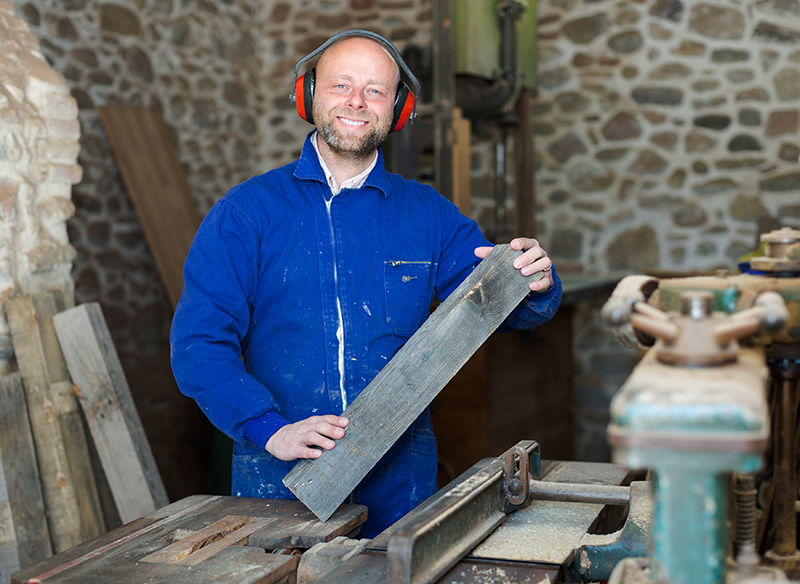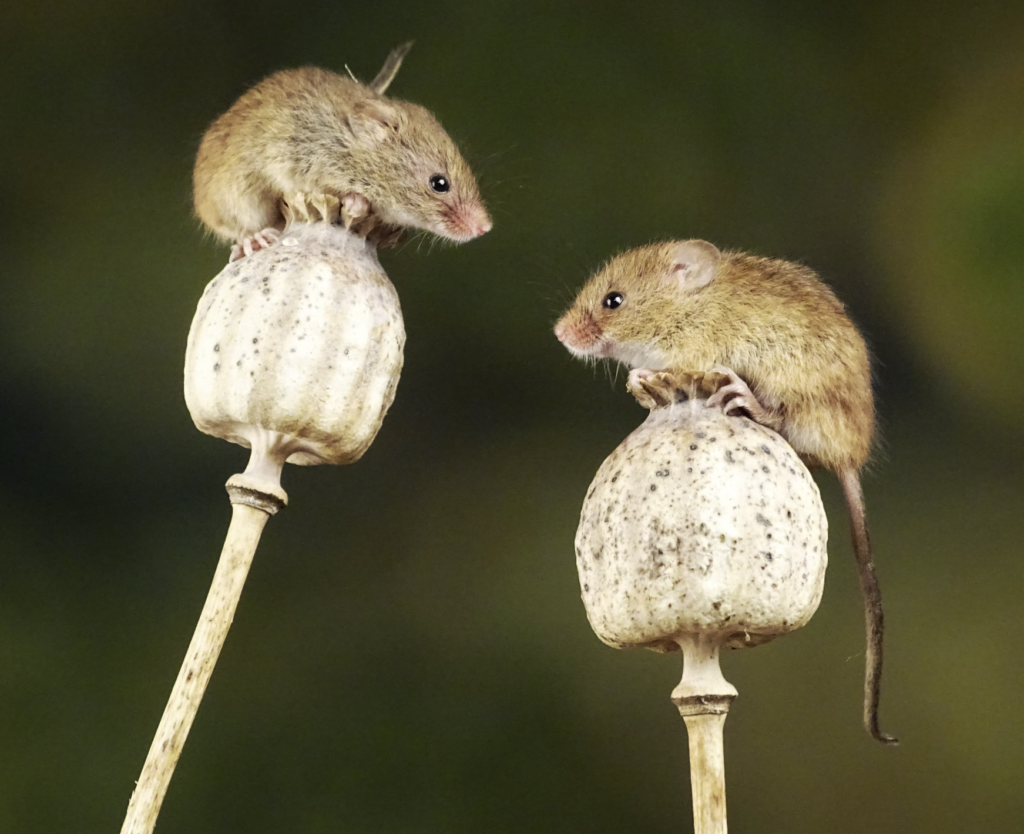The unconscious mice that were cared for revived and began walking sooner than those that weren’t attended to. Once the unconscious mouse started moving, the caregiver mouse gradually stopped its actions. Interestingly, the caregiving behavior was stronger when the mice were familiar with each other.
The post Mice Seen Attempting ‘First Aid’ on Unconscious Companions appeared first on Green Prophet.
Mice do mouth to mouth
Young mice seem to try to revive an unconscious cage mate by grooming, biting, and even pulling its tongue to clear its airway. This surprising behavior suggests that caregiving may be more common in the animal kingdom than previously thought.
Large, social mammals, such as wild chimpanzees, dolphins, and elephants, are known to assist incapacitated members of their species. However, these kinds of acts have rarely been documented in smaller animals like mice.
Li Zhang and his team at the University of Southern California (USC) filmed interactions between laboratory mice and familiar cage mates that were either active or anesthetized and unresponsive. Over multiple tests, the mice spent approximately 47% of a 13-minute observation period engaging with the unconscious partner. Their interactions involved three key behaviors: sniffing, grooming, and more intense actions such as pulling at the unconscious mouse’s mouth and tongue.
Zhang explains, “They start with sniffing, then grooming, and then engage in more physical interactions.” These included licking the eyes and biting around the mouth, with tongue-pulling occurring in more than half of the observed cases.
In one test, the team placed a non-toxic plastic ball in the mouth of an unconscious mouse. In 80% of cases, the helping mouse successfully removed the object. “If we extended the observation window, we might see even higher success,” said Huizhong Tao, another researcher from USC.
The unconscious mice that were cared for revived and began walking sooner than those that weren’t attended to. Once the unconscious mouse started moving, the caregiver mouse gradually stopped its actions. Interestingly, the caregiving behavior was stronger when the mice were familiar with each other.
Zhang and his colleagues argue that this behavior should not be seen as an equivalent to cardiopulmonary resuscitation (CPR). Rather, it’s akin to the use of smelling salts or basic first aid techniques, like ensuring an unconscious person’s airway remains clear. In surgical settings, repositioning a patient’s tongue to prevent airway blockage is also a critical practice.
Related: all about mice
The researchers found that the caregiving behavior was linked to oxytocin-releasing neurons in the amygdala and hypothalamus, regions of the brain involved in caring actions across many vertebrate species.
Similar behaviors in mice have been observed by other research teams, reinforcing the idea that this is a robust and repeated finding. Cristina Márquez, a researcher from the Center for Neuroscience and Cell Biology in Coimbra, Portugal, points out that while such behavior hasn’t been seen in her lab, the fact that three independent laboratories have documented it suggests it’s not an isolated occurrence. However, she cautions against anthropomorphizing the behavior or assigning human-like intentions to non-human species.
Zhang’s team suggests that this caregiving behavior is likely innate, not learned, since the mice were only 2 to 3 months old and had never encountered unconscious cage mates before. They hypothesize that such instinctive actions help maintain social cohesion and could be more widespread among social animals than previously thought.
Although observing this behavior in wild mice would be difficult, given their tendency to hide and their status as prey animals, Márquez notes that the absence of direct observation does not imply it doesn’t occur.
The post Mice Seen Attempting ‘First Aid’ on Unconscious Companions appeared first on Green Prophet.
Recommended Story For You :

Bringing Dead Batteries Back To Life Is Simple!

SEPTIFIX to the Rescue! Say Goodbye to Problems and Hello to Savings

Ecomposing of Paper Towels Produce Methane Gas

A Leading Cause Of Global Warming!

A cleaner world where energy is abundant essentially free

and sourced directly out of the inherent power of the space surrounding us.

MIT Discovery can cut power bills by 65%

Easy DIY Power Plan Will Change Our World Forever

Discover the World with Our Passionate Geography Teacher in Memphis!


